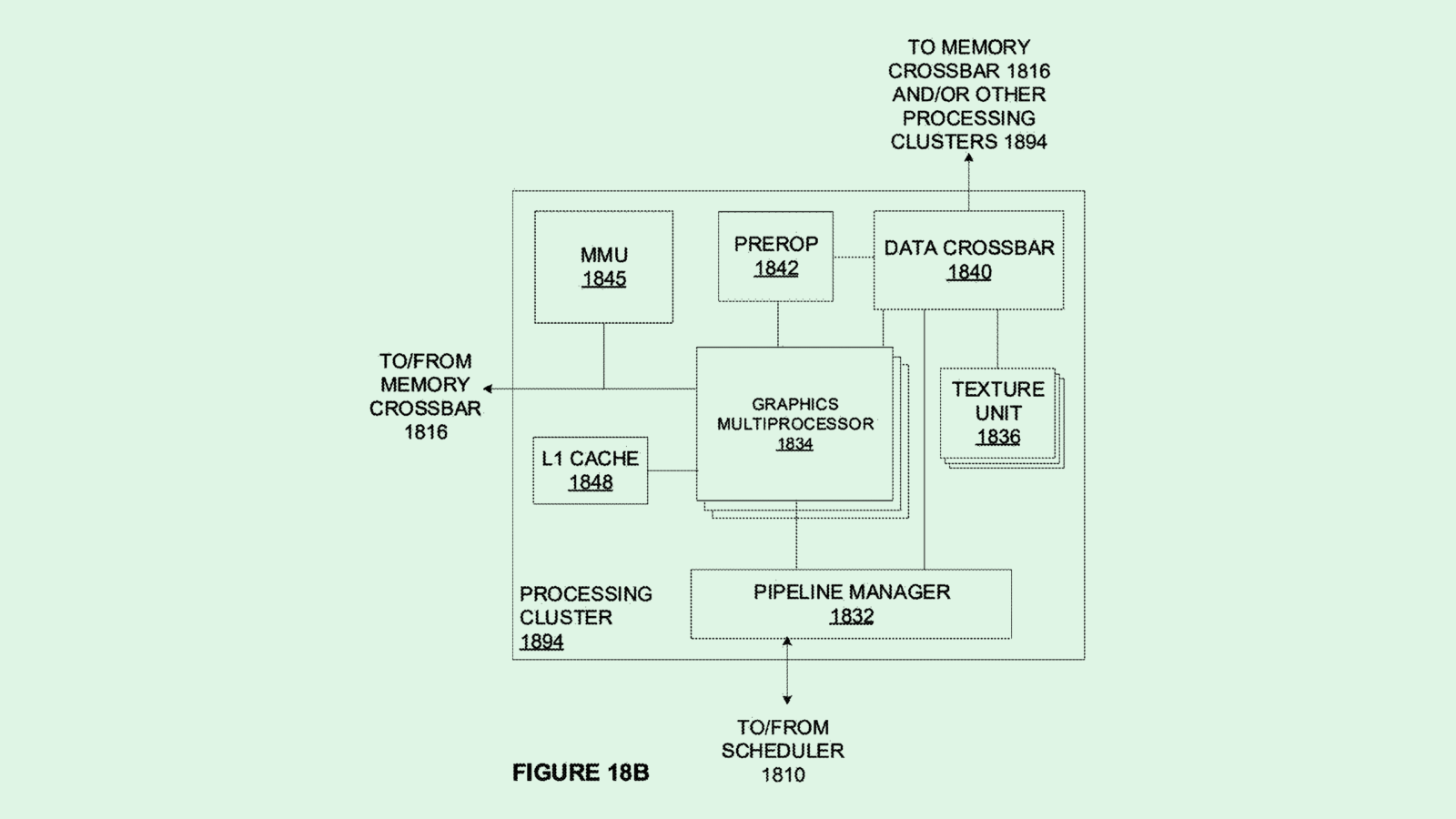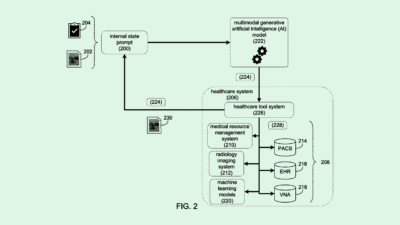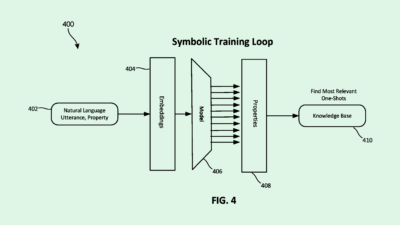Shrinking IT Teams Increasingly Rely on AI Helpers
By 2030, Gartner projects that 25% of IT work will be done solely by AI; the remaining 75% will be done by humans, but augmented by AI.

Sign up to get cutting-edge insights and deep dives into innovation and technology trends impacting CIOs and IT leaders.
IT teams are getting leaner, thanks to AI, and its role in the industry is only growing.
According to Gartner, 25% of IT work will be done by AI alone by 2030; the remaining 75% will be done by humans and augmented by AI.
AI will at least touch all IT work by the end of the decade, the report said.
Right now, it’s playing a significant role in speeding up resolution of user issues and handling larger request volumes without more hiring, according to Kurt Muehmel, head of AI strategy at Dataiku.
‘Human Readiness’
The transition will be rocky for companies that “[treat] AI like pilot projects rather than as production infrastructure,” Muehmel said. They have trouble naming what models their teams use or defining their value, and may even be losing money on their AI because their technical capabilities and business values aren’t aligned.
“What needs to change is building the governance layer first,” Muehmel said. “Companies need to track performance, ensure compliance, and prevent model drift before running hundreds of experiments.”
IT spending is poised to surpass $6 trillion in 2026, and to get value from that spend, not only does the tech need to be ready, but people do, too. It’s what Gartner calls “human readiness,” and transparency plays a significant role in that.
“When business leaders can’t audit recommendations, they won’t scale them. And when IT teams can’t explain how an AI system reached a decision, they won’t rely on it,” Muehmel said. In Dataiku’s most recent data report, 95% of data leaders said they could not fully trace AI decisions end-to-end if they were asked to provide the reasoning to regulators. With “complete lineage tracking, audit trails, and performance monitoring,” people feel more confident harnessing and trusting AI in IT.
CIOs need full visibility to get the maximum value out of their AI, and they need to take the helm of its deployment. Muehmel recommended:
- Finding high-value use cases that leverage the edge of current capabilities.
- Building in governance and monitoring from day one to make production-grade AI.
- Creating architectural systems that are able to manage hundreds of models efficiently.
“Success requires connecting three things that organizations usually keep separate: data that provides context and a competitive advantage, reasoning that combines human expertise with AI capabilities, and a trust layer that enables scaling,” Muehmel said. “Companies achieving results aren’t just buying better models. They’re building systems where technical and business teams work together, where every decision is traceable, and where they maintain control as they scale from tens to thousands of applications.”











